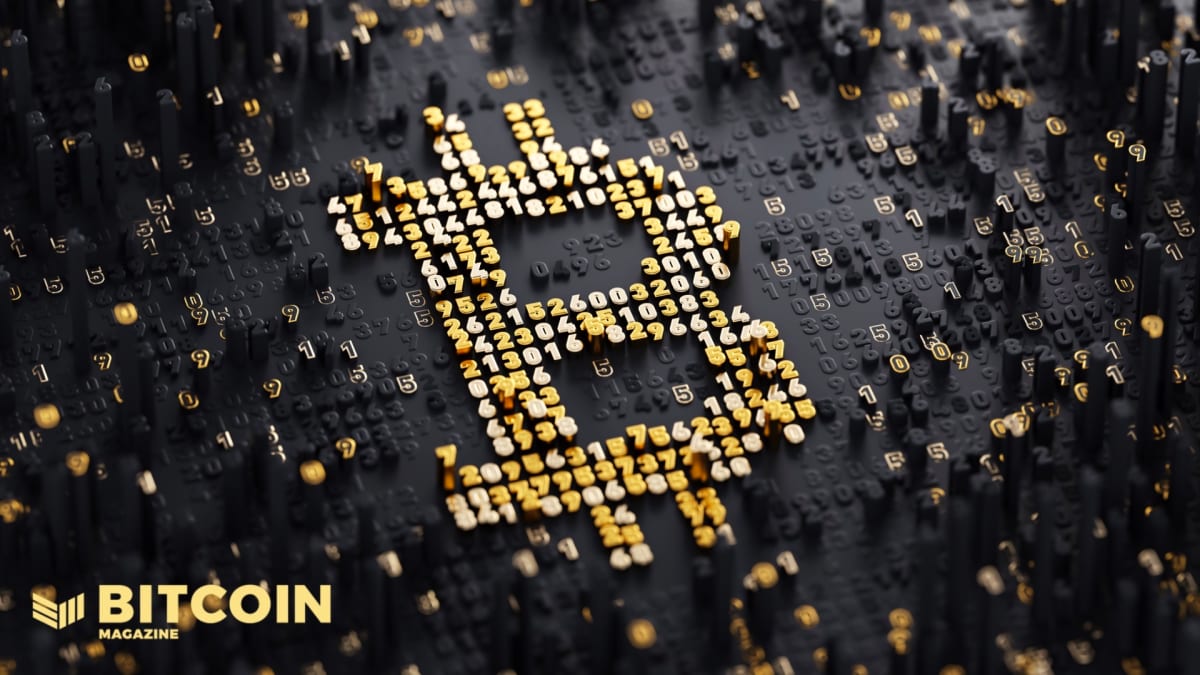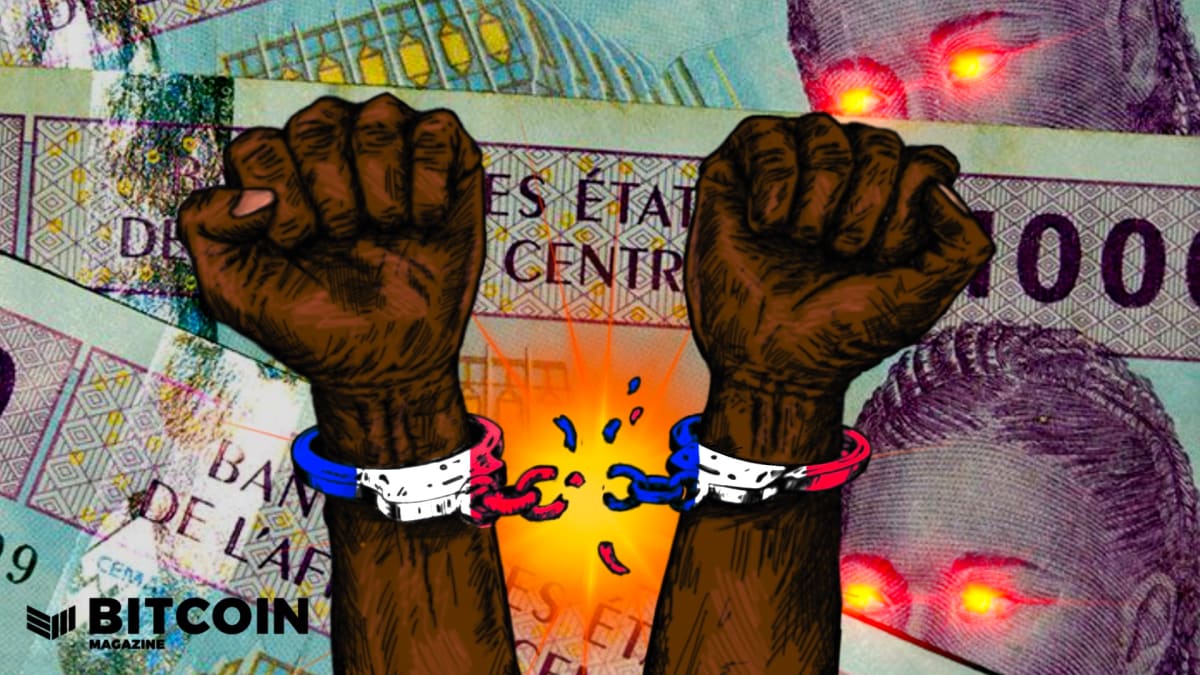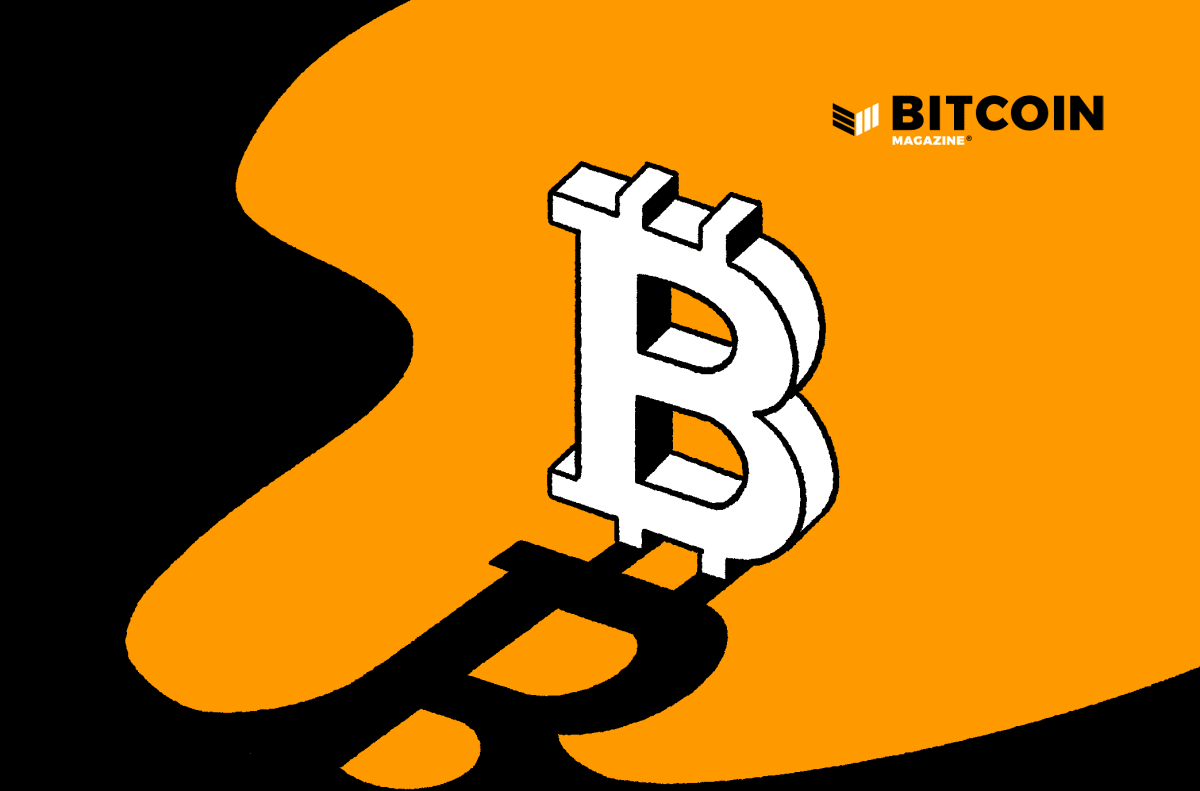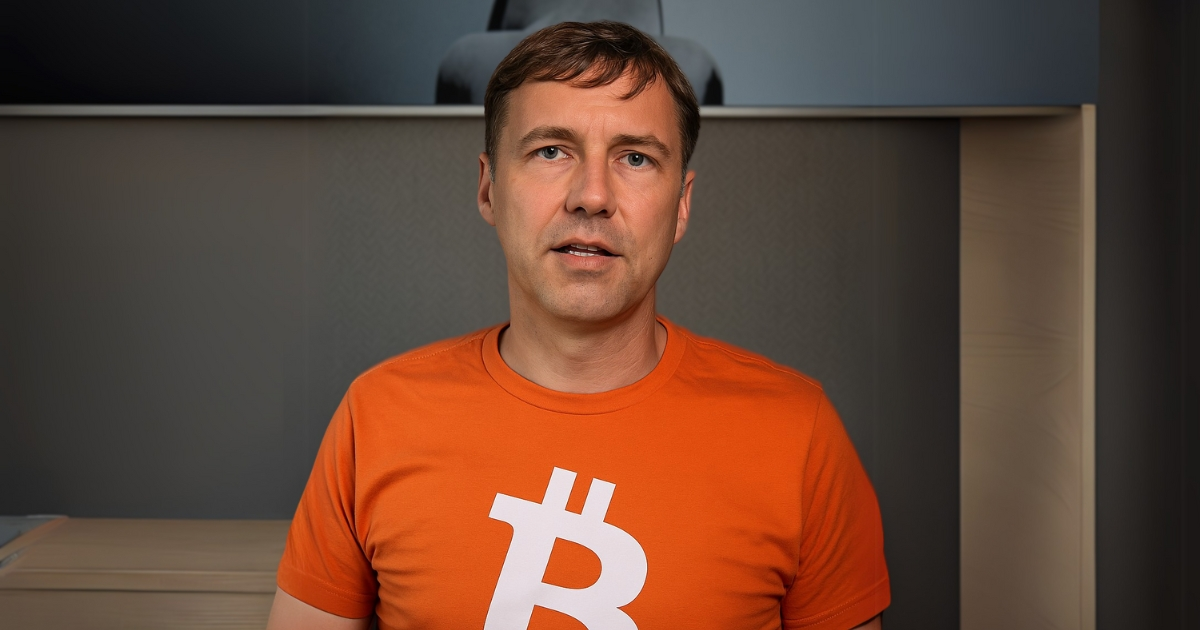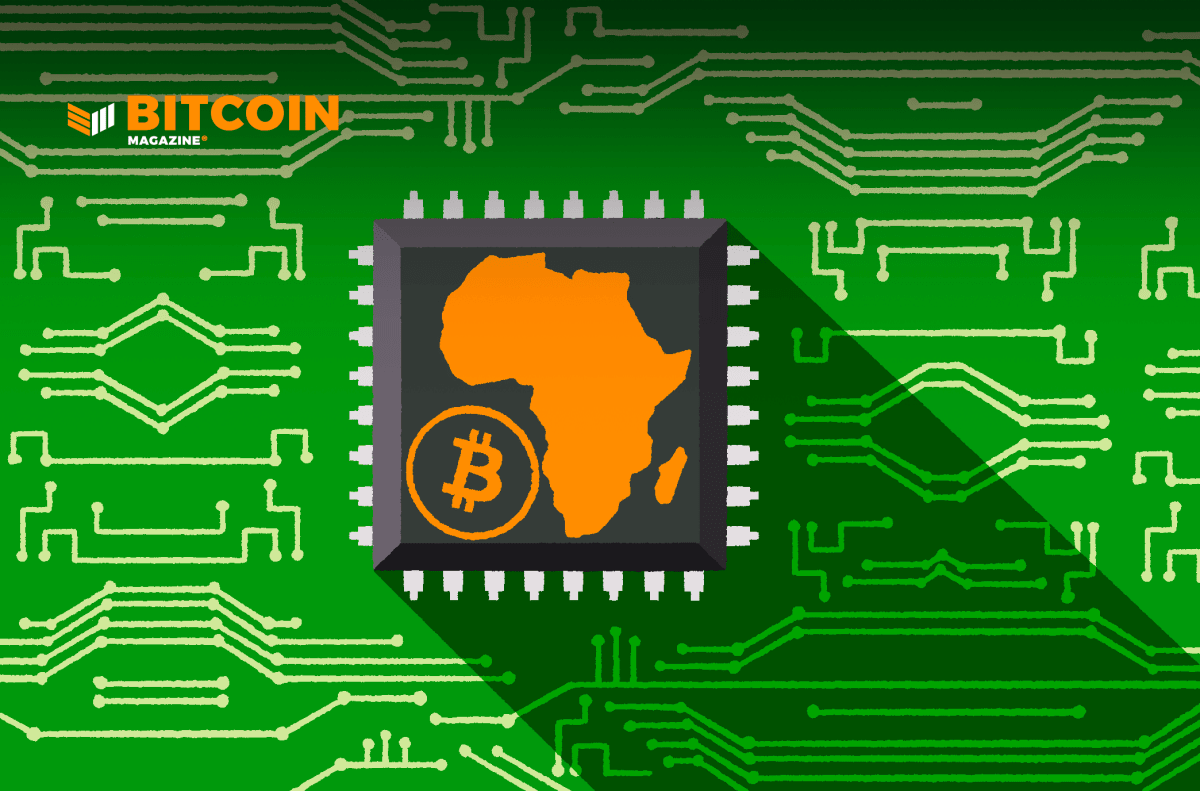Op Ed: Stablecoins Report Illustrates That G7 Leaders Don’t Understand Bitcoin
A G7 working group focused on the potential effects of stablecoins on the global economy has released a new report. In it, the working group indicates that bitcoin has failed to act as a reliable store of value or medium of exchange for its users. The report focuses heavily on the potential implications of widely used stablecoins, which are virtual tokens intended to track the value of various real-world assets such as the U.S. dollar or gold.
The report makes clear that the authors misunderstand why bitcoin was created in the first place and the use cases that stablecoins can actually enable.
Missing the Point of Bitcoin
In the executive summary of the G7 report, stablecoins are compared favorably to traditional crypto assets like bitcoin.
“Stablecoins have many of the features of cryptoassets but seek to stabilise the price of the ‘coin’ by linking its value to that of a pool of assets,” says the report.
This is completely and utterly false. Stablecoins and bitcoin are not comparable at all. That said, perhaps the G7 working group cannot be blamed for this misunderstanding due to the large amount of misleading marketing that takes place in the cryptocurrency industry, such as when Coinbase claimed its stablecoin had “all the benefits” of cryptocurrency in early 2019.
The entire point of bitcoin was to remove third-party custodianship over digital forms of money.
“Commerce on the Internet has come to rely almost exclusively on financial institutions serving as trusted third parties to process electronic payments,” wrote Bitcoin creator Satoshi Nakamoto in the original white paper. “While the system works well enough for most transactions, it still suffers from the inherent weaknesses of the trust based model.”
This removal of third parties is impossible to implement via stablecoins because they rely on traditional assets that are easily controlled in the real world. A bank account with cash or a vault with some gold in it is behind every major stablecoin used today.
Even projects that try to create more decentralized versions of the stablecoin vision, such as MakerDAO on Ethereum, rely on a degree of centralization in the form of price oracles. While it seems clear that the amount of trust required in these oracles can be somewhat limited, the idea that this point of centralization can be removed entirely is unproven at this point in time.
The Centralization of Stablecoins
Due to these centralizing forces in stablecoins, the benefits of issuing the tokens on costly public blockchains are unclear. Notably, the tether stablecoin is now available on the Liquid sidechain, which is a permissioned ledger managed by a federation of companies rather than proof-of-work miners.
It should be noted that the issue of centralization is often overlooked throughout the entire altcoin market. As I’ve written in the past, it’s unclear if the “cryptocurrency” definition should even be applied to sufficiently centralized offerings like Ripple’s XRP token or Facebook’s Libra project. Castle Island Ventures Partner Nic Carter also recently explained how altcoins miss the mark when it comes to the main value proposition of this technology in an interview with Laura Shin.
As an illustration of the centralization issues around stablecoins, the report from the G7 working group covers how these types of projects will need to gain regulatory approval before they’re allowed to exist.
“For stablecoin developers, a sound legal basis in all relevant jurisdictions — in particular, legal clarity on the nature of the claim to all participants in the stablecoin ecosystem, such as coin holders and issuers — is an absolute prerequisite,” says the report.
Indeed, representatives from Facebook have responded to this report by stating they are ready, willing and able to work with regulators. Bitcoin, on the other hand, was simply announced on a cryptography mailing list roughly 11 years ago and launched a few months later. Satoshi didn’t ask for anyone’s approval.
Whether Bitcoin is sufficiently resistant to a potential government crackdown can be debated, as there are still issues around mining centralization, a general lack of privacy and a potential susceptibility to political or social attacks. However, at least two members of the U.S. Congress do believe it wouldn’t be possible to implement a Bitcoin ban.
No, Bitcoin Hasn’t Failed
This new report from the G7 working group has also already made waves throughout cryptocurrency media due to the claim that bitcoin has failed, although the actual quote is a bit more nuanced than the headlines would indicate.
“The first wave of cryptoassets, of which Bitcoin is the best known, have so far failed to provide a reliable and attractive means of payment or store of value,” says the report. “They have suffered from highly volatile prices, limits to scalability, complicated user interfaces and issues in governance and regulation, among other challenges. Thus, cryptoassets have served more as a highly speculative asset class for certain investors and those engaged in illicit activities rather than as a means to make payments.”
Contrary to what this section of the report may claim, Bitcoin is growing by basically every metric. Whether you’re talking about transaction volume, payments, price or network hash rate, Bitcoin is still on the rise when factoring in for the late 2017 bubble in the overall crypto asset market.
While bitcoin is extremely volatile over the short term, it has objectively been a much better store of value than the U.S. dollar over the past 10 years. Although bitcoin is still down heavily from the late-2017 price peak, the reliability of bitcoin as a store of value depends on one’s time preference.
Additionally, bitcoin’s volatility ties back into the centralization issues around stablecoins. The very fact that bitcoin is volatile is an illustration of its decentralization and uncontrollable nature. Bitcoin is volatile because there is no central authority to regulate the money supply, which is, again, the entire point of its existence in the first place.
In terms of bitcoin’s utility (or lack thereof) as a medium of exchange, the G7 working group’s report is mostly accurate. Although progress has been made via layer two scaling solutions like the Lightning Network, it seems unclear if the use of bitcoin for payments will venture out of the realm of those who have a need for censorship resistance until the underlying asset becomes more stable.
This is a guest post by Kyle Torpey. Opinions expressed are entirely his own and do not necessarily reflect those of BTC Inc or Bitcoin Magazine.
The post Op Ed: Stablecoins Report Illustrates That G7 Leaders Don’t Understand Bitcoin appeared first on Bitcoin Magazine.


